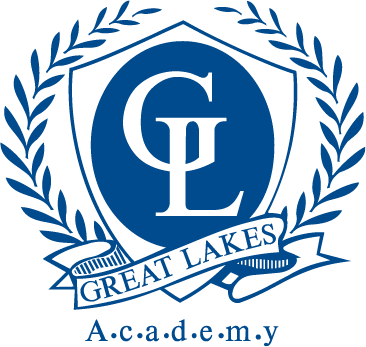Learning Differences, Learning Disabilities, LD
According to the National Center for Learning Disabilities, students with learning differences are twice as likely as their peers to drop out of high school. Learning differences come in many forms, including Dyslexia, Dysgraphia, Dyscalculia, and Executive Function/Processing Disorders. All learning differences require an individualized approach to learning for each student.
Public schools label LD students as special education students and provide an individualized education plan, but the IEP is usually built from a standardized list of accommodations that teachers of 30-student classrooms struggle to implement with fidelity. Frustration with their difficulty with learning builds up over time, and often students with LD can ‘check out’ of school. These students may even begin to believe that they cannot succeed in school.
Great Lakes Academy recognizes that everyone learns differently. We don’t attach stigma to the need to individualize learning plans for students. Our small class sizes guarantee that teachers know their students’ needs well, and that they can individualize learning plans in big and small ways, both in long-term planning and spontaneous day-to-day adjustments. The positive atmosphere also helps students build confidence in their ability learn.
Great Lakes Academy is the right school for LD students.
Success for the student with learning disabilities requires a focus on individual achievement, individual progress, and individual learning. Great Lakes Academy has a long success record because of accommodations like the following:
– Setting specific short- and long-term goals, and providing regular feedback on progress toward goals
– Breaking up tasks into smaller parts
– Using tactile and kinesthetic learning methods and hands-on projects
– Setting realistic expectations that build over time
– Tailoring assignments and homework to specific student learning needs
– Implementing multi-sensory approaches to learning
– Teaching self-monitoring strategies
– Directly teaching and reinforcing organizational strategies
– Capitalizing on adaptive and assistive technology when needed
– Assessing students orally, with manipulatives, or in other creative ways
– Using targeted assessments to determine student needs
– Allowing extended time as needed
– Never grading formative work
– Allowing for re-teaching and re-assessment when needed
– Allowing teachers access to a student’s psycho-educational testing, evaluations, and other information to better understand and assist a student

